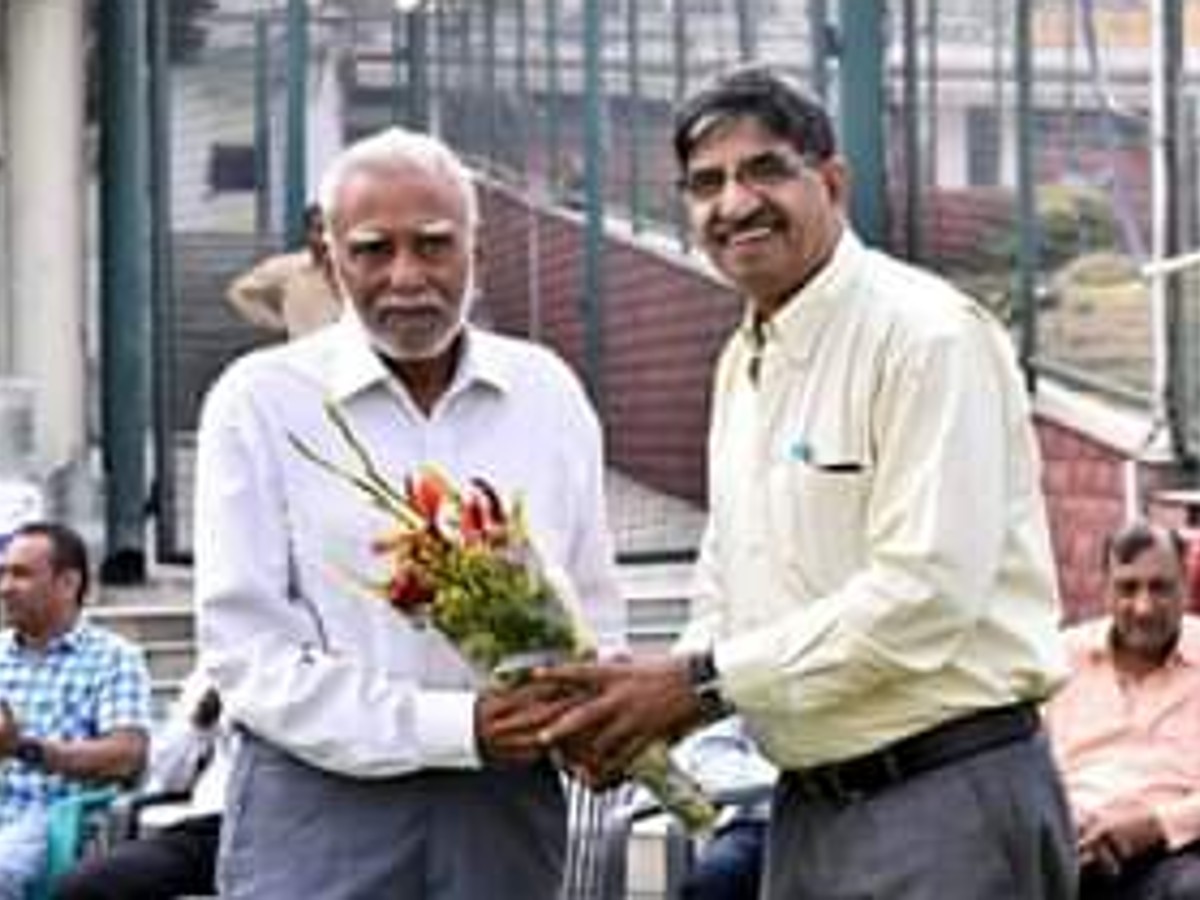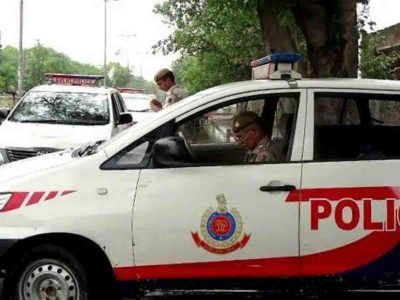Radhey Shyam Sharma, coach, mentor and curator, who devoted his entire life to cricket in Delhi, died on Wednesday. He was 93.
Sharma, who had shaped the careers of many first-class cricketers in Delhi and neighbouring areas and also guided some who went on to play international cricket, endured hard times in early years due to lack of money and resources but managed to keep the cricket going for players who found it unaffordable.
While Sonnet Cricket Club and NIS Cricket Club largely attracted the influential and the privileged in the Capital, Sharma focussed totally on the under-privileged, providing them with all amenities to play cricket besides giving them platform through his club, Subhania, which became one of the strongest clubs in Delhi and District Cricket Association (DDCA) league.
“When I started playing club cricket, I played for Subhania run by Kaptaan ji (Radhey Shyam Sharma). It used to be a strong team back then. He provided me with the early opportunity to play cricket in Delhi,” recalls former India cricketer Vijay Yadav, who played a Test and 19 ODIs for India.
“When we’d go to Delhi to play league cricket and tournament, we would go to his home. He would provide food, take players to matches. Players from outside Delhi like me (Yadav is from Faridabad) would stay at his home. The entire team would sometimes gather at his home and sleep on the roof or the floor of the house before leaving Delhi for tournaments outside. He gave his all to cricket, often even side-lining his family,” recalls Yadav.
Former cricketer Sunil Valson, who was a member of the 1983 World Cup winning team and played for Subhania in his early years, says, “He was passionate. One of those who sacrificed a lot and didn’t care about money. Whatever he earned, he invested back into cricket. He is one of those old timers who did it all for passion.”
Ahmad Tameem, currently the vice-chairman of DDCA league committee and one who has been involved in running Subhania with Sharma and later his son, NK Sharma, since 1982 narrates an incident from the 1970s.
“The money wasn’t that good in cricket in 1970s or even 1980s. Kaptaan ji had to once take his club team to Allahabad once and did not have money. He used to own a halwai (sweet and snack) shop at Chhe Tooti Chowk in Paharganj. He sold that shop to cover the expenses of the team’s travel to Allahabad. When he returned, he had to make a living driving an autorickshaw. Such was his commitment.”
Good days were round the corner. In early 1990s, after his club emerged as one of the top clubs through the 1980s providing at one point in time six to seven players to the Delhi Ranji Trophy team, he began the business of manufacturing kits.
His company SP Sports, among the earliest to provide players’ uniform in hosiery, kitted the West Indies team on their visit to India in 1994 besides some India cricketers too.
Former India under-19 and Delhi team wicketkeeper Mohan Chaturvedi, who was picked in India’s squad for Pakistan tour in 1989 only to be left out at the last moment, calls him a practical coach who had the ability to chisel out a player in shortest possible time.
“When I started cricket in 1985, I met him at the Karnail Singh Stadium in Paharganj. I was 13 or 14. He asked me to come to nets at the Kotla. I went to Kotla, and started undergoing coaching. Within one year, I got selected for Delhi under-15. He would ask us to go to the Ranji camp, being held nearby, to prepare. His coaching was practical. He never took a rupee from kids. Everything from food, kit, bat and ball and transportation would be provided by him,” recalls Chaturvedi.
“He had this junoon (passion) for cricket. He wanted that no talented kid should go waste due to lack of money or resources. Sir had turned me into such a fine wicketkeeper, that as a 16-year-old, I won Man of the Match award at the inaugural under-19 Youth World Cup only for my wicketkeeping which was unusual since a keeper usually wins the award for both batting and keeping.”
Former Ranji player NP Singh had joined the club in 1971 and his career was shaped entirely by Sharma.
“I joined him in 1971. I learnt a lot. He got me employment in Railways and Indian Airlines like many others. He was a great human being. He used to help and support underprivileged kids, who couldn’t afford shoes and bats. He produced many Ranji Trophy players for Delhi and Railways,” said Singh, who represented Railways, Bengal and Haryana in Ranji Trophy and had also represented Board President’s XI in the then famous Wills Trophy besides North Zone in Duleep Trophy.
“He would take the team to various cities for top tournaments and that gave the players exposure.”
Former India cricketers like Mohinder and Surinder Amarnath (in early to mid-1970s), Surinder Khanna had also practiced and played for the Subhania club. In the 1980s, the then India captain Kapil Dev would also practice at Sharma’s nets at the Ferozeshah Kotla.
But before getting a place to practice at the Kotla, Sharma had to shift from one ground to the other.
“Back in those days, private clubs suffered a lot as they did not have any place to practice. Same was the case with Subhania,” says Tameem.
The club was started in early 1960s by Fazlur Rahman, an imam of a mosque-cum-madrasa in Qasabpura locality of old Delhi. Sharma ran the club with him. But after Fazlur Rahman left the club, Sharma took over completely.
In the beginning, Sharma trained the kids at a vacant ground behind the tonga stand in Paharganj. That ground later turned into a working women’s hostel forcing him to relocate.
“Private clubs used to struggle to find space for training. Even the late Tarak Sinha, who was the founder of the famous Sonnet, initially trained kids at the Ajmal Khan Park,” says Tameem.
Sharma would hop from one place to other.
He moved to Roshanara Club grounds for a while among other places.
It was only after former India captain Bishan Singh Bedi became the secretary of the DDCA that 10 practice wickets were prepared at Kotla at a cost of Rs 10,000 and practice time was allotted to 45 clubs.
It solved problems of practice venue and Sharma like others used it well, helping Subhania Cricket Club settle down and soar.
Presently, the club has its own ground and academy in Greater Noida run by NK Sharma, the late man’s son.
Besides being a coach to young cricketers at his club, Sharma also served as coach of Delhi’s various age-group teams between 1996 and 2004.
He became a curator in the first decade of 2000s and made the barren Ferozeshah Kotla pitch at a very short notice for the famous India vs Pakistan match in April 2005 that was witnessed by ex-Pakistan president Pervez Musharraf and Indian PM Manmohan Singh.
He had also made the pitch at a cricket ground owned by Dubai association.





